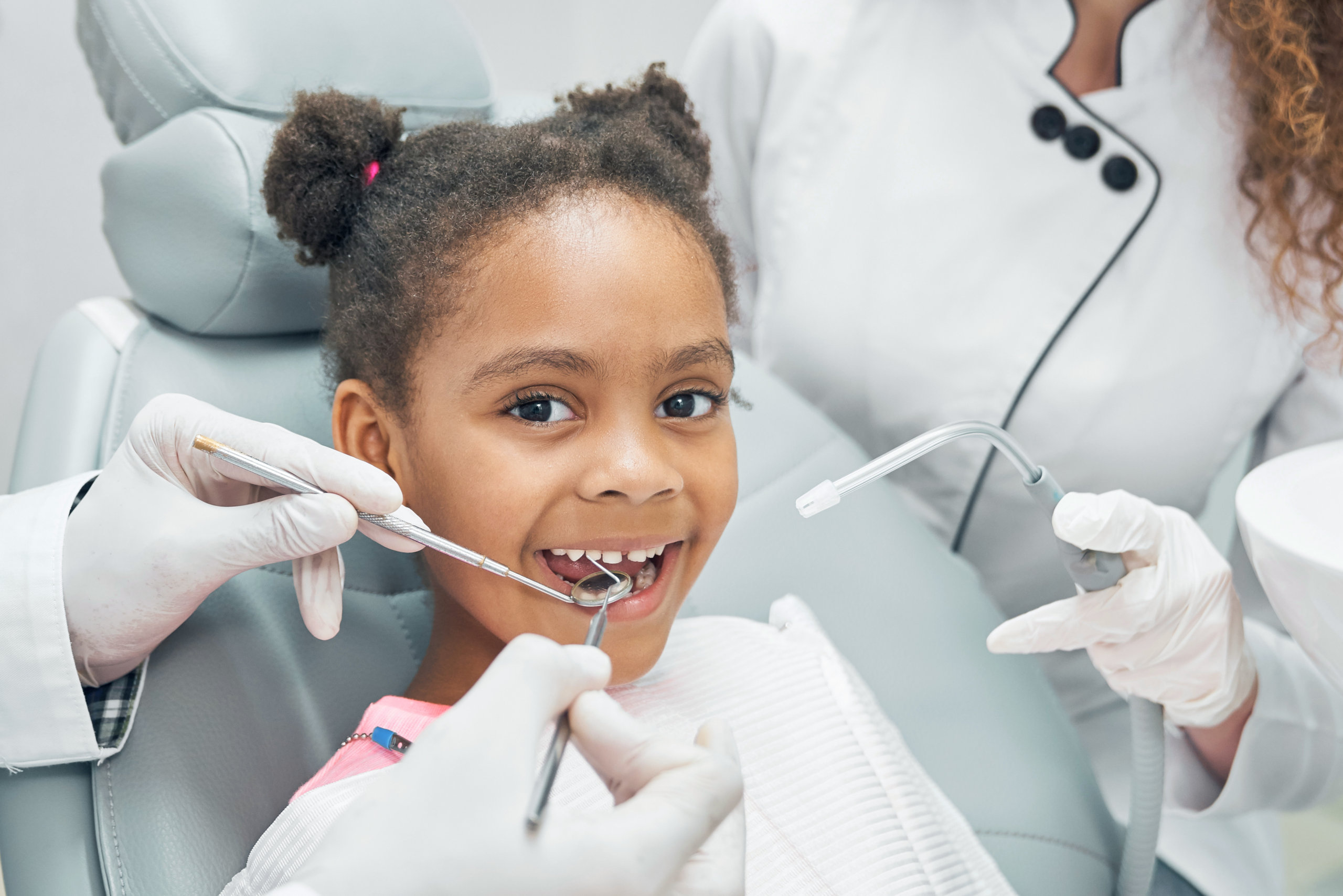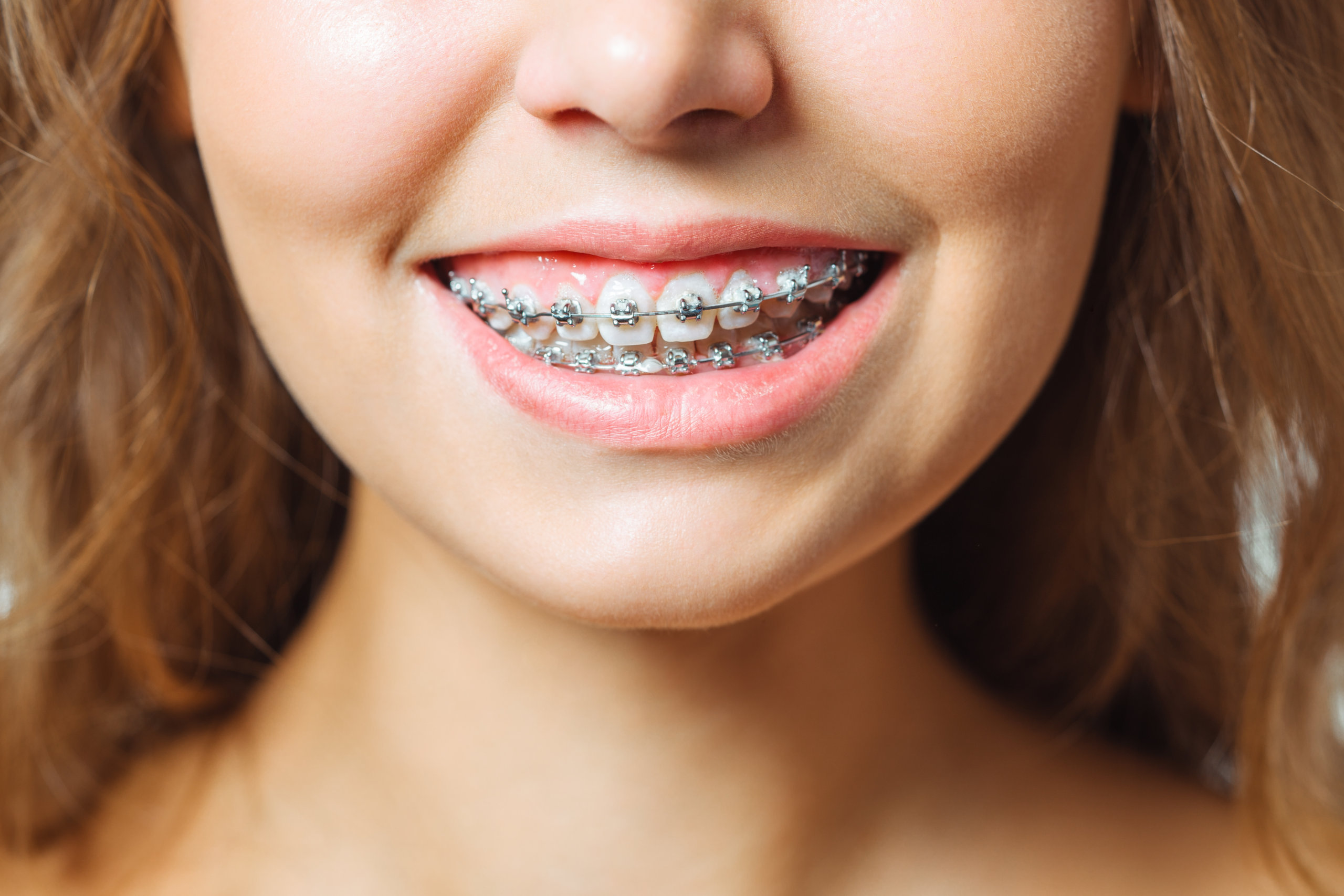Which Type of Braces Are the Most Comfortable?

Braces are uncomfortable by their very nature. They are designed to move your teeth in a direction they don’t want to move, until they’ve settled into a new location. Any system that moves your teeth is going to cause discomfort. With that disclaimer out of the way, which type of braces are the most comfortable? Here’s a look at some of the types of braces you can receive from your Melbourne orthodontist.
Traditional Metal Braces
The traditional system of metal braces with wires and brackets are the most common type of braces you’ll see. The reason for this is because metal braces are highly effective at straightening teeth that need moderate to severe shifting to be straightened. One really great thing about metal braces today is that as the medical science behind them has improved, the brackets have gotten smaller. Metal braces today are much more comfortable than the metal braces of a couple decades ago.
While at one time, there was a social stigma around braces, that doesn’t really exist as much today. Teens have been wearing braces for generations now, so there’s really not as much “social discomfort” from having to wear them. Your friendly and affordable orthodontist in Melbourne will also offer young patients and teens a choice of colorful elastic bands to use with their braces. These bright and fun colors allow younger patients to personalize their braces and showcase their personality. Thus, increases the “social comfort” level of wearing braces.
With metal braces, it is really a tradeoff. They are the least comfortable system for adjusting and straightening teeth; but they are the most effective system for adjusting and straightening teeth.
Invisible Braces From Your Melbourne Orthodontist
Invisible braces for adults are an option for people who may not be comfortable with others knowing that they’re getting their teeth straightened. Braces are practically a “rite of passage” for teenagers, but if you’re in college or you’ve started your professional career, you might not want people to immediately realize you have braces. If this sounds like you, then invisible braces might be a better choice for you than traditional metal braces.
Invisible braces are not really “invisible.” They are made with ceramic brackets, which match the color of your teeth. Other than that, they are almost identical in principle to metal braces. Previously, ceramic braces were fairly fragile, but thanks to advances in dental science, invisible braces today are much more durable. You will still have to come in for periodic adjustments at your Melbourne orthodontist’s office, so the wires can be tightened.
Ceramic invisible braces will feel about the same as wire braces in terms of physical comfort. You will almost always be aware that they are there, doing their job of shifting your teeth. But in terms of social comfort, invisible braces are much less obvious than the shiny metallic braces that are immediately noticeable to others.
Invisalign & Invisalign Teen in Melbourne – Alternative to Braces
It’s pretty easy to understand why Invisalign and Invisalign Teen are the most popular method of straightening teeth. They are more “invisible” than invisible braces, there are no wires or brackets involved, and you get a short break from wearing the clear aligners every day. In terms of physical comfort and social comfort, Invisalign and Invisalign Teen are hard to beat!
The Invisalign aligners are scientifically designed to match your mouth. Additionally, they shift your teeth slowly over time, much like traditional braces. The main difference is the aligners are placed over your teeth and worn for at least 22 hours a day. Braces and invisible braces are attached to your teeth with brackets. They don’t come out until your Melbourne orthodontist removes them at the end of treatment. Invisalign aligners have to be taken out for meals, so you do get a daily break from wearing them.
Invisalign is not a system of braces, but they function very similarly. Out of all of the choices for straightening your teeth, Invisalign is one of the most comfortable methods.
Contact Valderrama Orthodontics in Melbourne About Braces
If you think you might be a good candidate for braces or Invisalign, contact Valderrama Orthodontics in Melbourne to schedule an appointment today. We’ll work with you to determine the best option for straightening your teeth and giving you that perfect smile!










Let's Get Social